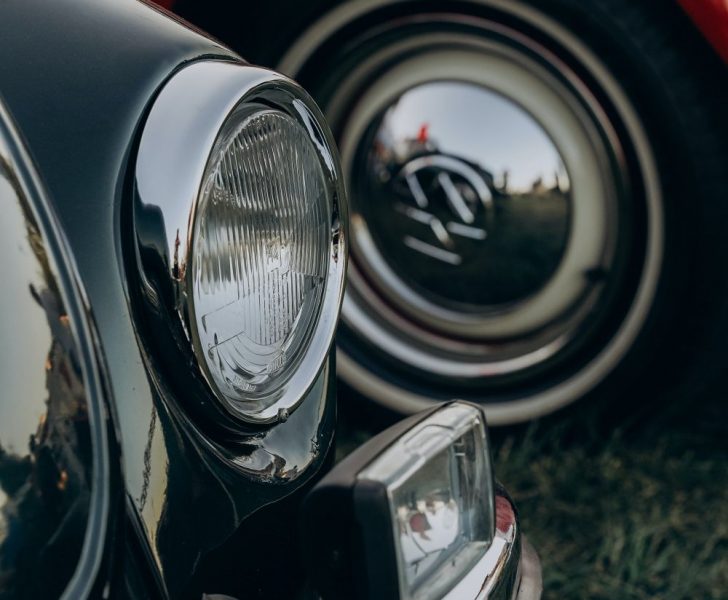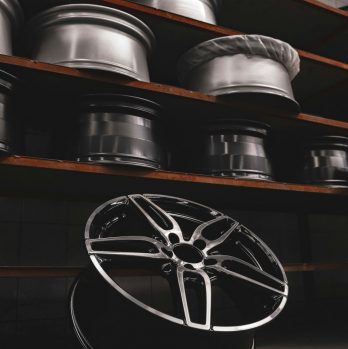American Classic Cars: A Timeless Beauty

Introduction
American classic cars have long been admired and coveted by car enthusiasts around the world. These iconic vehicles have left an indelible mark on the automotive industry, representing an era of style, power, and innovation. In this article, we will provide a comprehensive overview of American classic cars, including their types, popularity, and unique features. We will also delve into the quantitative measurements associated with these automotive gems, as well as discuss how different models differ from one another. Furthermore, a historical analysis of the advantages and disadvantages of various American classic cars will be explored. Lastly, we will focus on the decisive factors that impact car enthusiasts when purchasing these timeless automobiles.
Overview of American Classic Cars

American classic cars are synonymous with elegance, craftsmanship, and impeccable design. These vehicles, typically manufactured between the 1920s and 1970s, have stood the test of time and continue to captivate enthusiasts with their timeless allure. They represent a bygone era when cars were built with meticulous attention to detail and boasted extravagant aesthetics that still turn heads today.
Presentation of American Classic Cars
American classic cars encompass a wide variety of types, each with its own unique characteristics and appeal. From the sleek and stylish convertibles to the powerful and muscular muscle cars, options abound for those seeking to own a piece of American automotive history. Popular models include the Ford Mustang, Chevrolet Corvette, Chevrolet Camaro, and Dodge Charger, to name a few. These iconic vehicles have become cultural symbols, embodying the spirit of freedom, adventure, and individualism.
Quantitative Measurements of American Classic Cars
To truly understand the significance of American classic cars, we must delve into the quantitative aspects that make them so exceptional. When it comes to performance, these vintage vehicles often feature V8 engines, delivering impressive horsepower and torque. Acceleration, top speed, and fuel efficiency are among the quantitative measurements that automotive enthusiasts examine. Additionally, the resale value and rarity of certain models play a significant role in determining their desirability and monetary worth.
Differences Among American Classic Cars
While all American classic cars exude an undeniable charm, there are distinct differences among various models. For instance, muscle cars are renowned for their raw power and acceleration, making them a favorite among speed enthusiasts. On the other hand, luxury cars from the 1950s and 1960s offer unparalleled comfort and opulence, showcasing the epitome of American automobile craftsmanship. Furthermore, classic trucks, such as the Ford F-100 or Chevrolet C-10, combine practicality and distinctive style, appealing to a diverse range of collectors.
Historical Analysis of Advantages and Disadvantages
Every classic car comes with its own set of advantages and disadvantages. For example, the Ford Mustang, introduced in 1964, revolutionized the concept of pony cars with its affordable price tag and sporty design. However, its compact size and limited space may not be ideal for those seeking a family-oriented vehicle. Similarly, while the Chevrolet Corvette stands out with its sleek design and exceptional performance, its high maintenance costs may deter some potential buyers. Understanding these historical advantages and disadvantages is crucial when considering the purchase of an American classic car.
Decisive Factors for Car Enthusiasts
Car enthusiasts often find themselves engaged in an intricate decision-making process when it comes to purchasing an American classic car. Factors such as authenticity, condition, originality, and rarity play a pivotal role in the decision-making process. Furthermore, the availability of spare parts and the accessibility of restoration services heavily influence a buyer’s decision. Lastly, budget and personal preferences, including color, body style, and specific model years, contribute to the final purchasing decision.
Conclusion
American classic cars continue to captivate the imagination of car enthusiasts worldwide. With their timeless beauty, exceptional performance, and historical significance, these vehicles serve as a testament to the ingenuity and creativity of the American automotive industry. Whether one seeks a muscle car, a luxury vehicle, or a classic truck, American classic cars offer a diverse range of options to suit every collector’s taste. By understanding the quantitative measurements, differences among models, historical advantages and disadvantages, and decisive factors for car enthusiasts, one can fully appreciate the allure and value of these extraordinary automobiles. As time marches on, American classic cars remain a symbol of beauty, power, and unparalleled craftsmanship in the world of automotive design.











